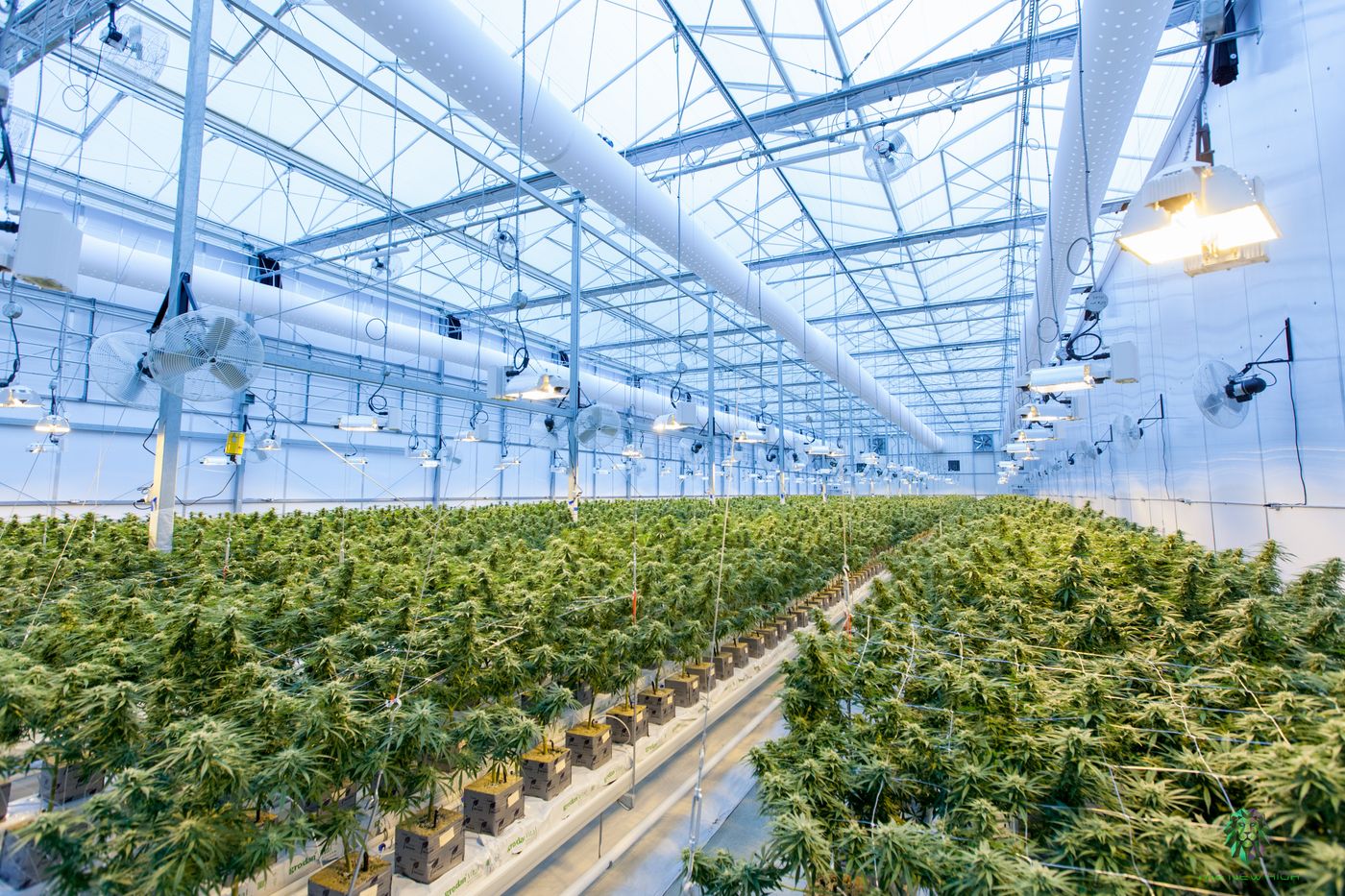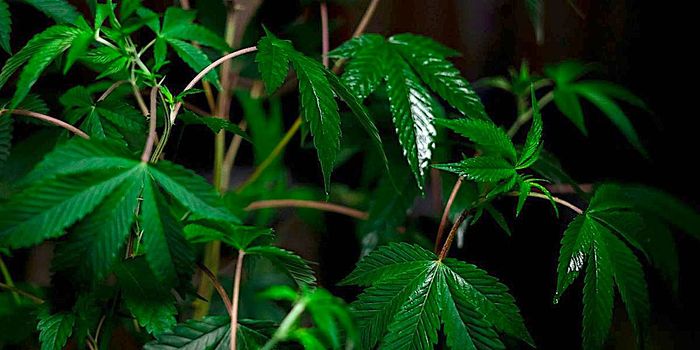Cannabis and its Impact on the Environment

For example, in cannabis cultivation facilities, workers are subject to conditions such as heat, mold, bacteria, fungus, and allergens. Additionally, the chemicals that support crop production such as carbon dioxide, carbon monoxide, fertilizers, and pesticides, present risks to workers’ health.
There is also increasing concern that the VOC emissions produced by cannabis cultivation plants are responsible for several additional tons of ozone annually, in turn causing long term damage to the environment.
Furthermore, cultivation requires considerable energy resources to operate, which is reflected in the typically high utility bills associated with cultivation facilities.
And while the use of Hydroponics has become increasingly popular in cultivation circles, requiring a fraction of the water typically associated with traditional grows, using no soil, the use of Hydroponics does come with risks: Waste water production, which is a huge risk factor for the environment.
However, there are measures being taken to eliminate these risks. For example, OSHA is starting the process of implementing standards to increase safety in cultivation facilities. In the State of California, these standards include not only safety measures for cultivation plants, but also those for distribution, lab testing, manufacturing, and retail locations.
Other trends include the usage of closed loop systems in cultivation and extraction: A closed loop system involves using solvents such as butane or propane to remove the oils from the plant, which is not open to the outside environment. The solvents are then used several times over to extract cannabinoids and terpenes.
All these developments, while still young, are cause for optimism in controlling the environmental impact of cannabis and the industry.
Sources: University of Washington, Science Direct, Water and Science Technology, State of California Industrial Relations, Weedmaps








